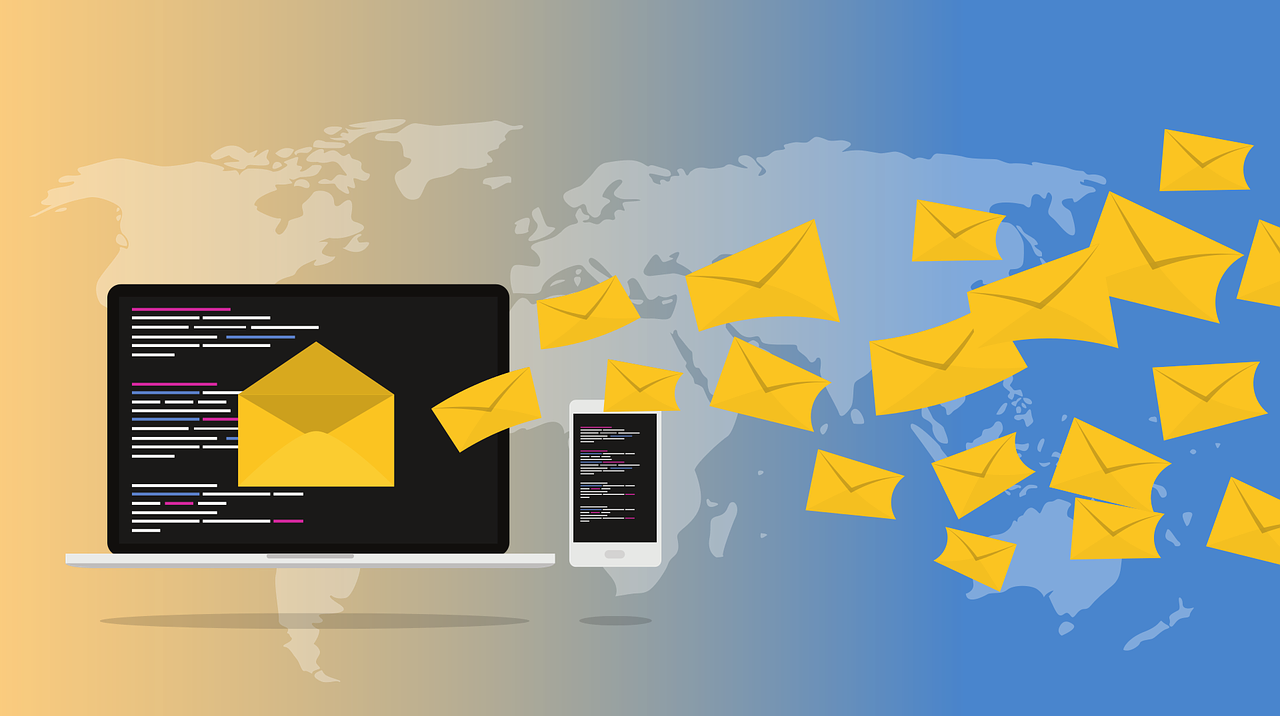No matter what type of business you have or the industry you’re in, email marketing remains one of the most cost-effective marketing methods available. It offers a high return on investment and an incredible reach. However, that is only true if you don’t make major mistakes that relegate your marketing emails to the trash bin, or worse, blocked as spam. This is why you always have to be aware of best practices and do everything you can to not violate them. Here are five email marketing mistakes to avoid at all costs.
Don’t make these email marketing mistakes
You Don’t Welcome Subscribers
A serious mistake is not welcoming subscribers when they sign up. One example of this is not popping up a thank you on your website when they subscribe, providing instant positive feedback with the act. Another variation of this mistake is not sending a thank you confirmation email immediately after they do so.
This message has several purposes – the first is to verify the email address, and the second is to send an email they’ll recognize and click on, reducing the odds your emails end up in the spam filter. You also get them in the habit of opening your emails. (These emails have the highest open rate of every other message.) This is the best time to send them the whitepapers, coupon codes or other subscriber-only content because it deepens the relationship between you and immediately rewards them for signing up.
Your Messages Lack a Clear Call to Action
Every email message should have a clear call to action. Note that this call to action can vary from email to email. One may encourage them to buy a product, while another may ask them to follow you on social media or share your marketing content with their friends. Never send an email without a call to action. It doesn’t add value for the reader and eventually gets written off as spam.
Good calls to action include encouraging them to buy a product or service, encouraging them to sign up for a loyalty program, turning them into word of mouth marketers by asking them to share your content or refer your service, or encouraging them to sign up for future events. Don’t overdo it and put several calls to action in a message, and tie every call to action to the content of the message.
If you’re sending out a press release for a new product, the call to action should be about buying it. If you’re hosting an event, the call to action is a sign up for the event. Conflicts like this confuse the reader and reduce the odds they will do what you want. Make the call to action clear and clearly visible every time.
You Don’t Use Webhooks
What is a webhook? A webhook is a function that automatically sends data when a specific action is taken. It is almost the reverse of an API, a process that polls your server to check for new data. You can use it to track email marketing activity in all forms.
For example, the webhooks can be set up to give you real-time data on emails being delivered, opened, marked as spam, bounced, and unsubscribed. This data will automatically be sent to you and can be seen in real-time reports. This lets you see potential problems early like a marketing campaign that is getting blocked by spam filters or causing tons of unsubscribes. On the other hand, you can see which messages are causing contacts to be added or updated.
You Send Too Many Emails
Someone who signed up for your email list didn’t agree to receive a steady stream of spam, and it isn’t enough to have a sales ad in every email.
Don’t send too many emails. In fact, this is the number one reason why people unsubscribe from email lists. The ideal number of messages to send is once per week. Follow up just once regarding the abandoned shopping cart.
If possible, allow people to select their communication preferences. Let them tell you what types of messages they want and how often they want to receive emails. Then you don’t lose prospects because you sent more messages than they could handle, however many that was. Note that this may mean disconnecting your automated email blasts until you can send personalized content to segmented email lists.
You Don’t Test Send Times
Another related mistake is not playing with send times. You should try sending mail at different times of the day, and see which ones work the best. Once you see a best time, try different days, and different intervals. Also, make sure that you send different kinds of emails so you get a clearer picture. For instance, a welcome text might work better during the weekends or later at night, and a follow up to an autoresponder series might work better in the morning.
Email marketing is more than a numbers game. That’s why you need to take steps to improve engagement and increase email conversions to get the most out of your email marketing campaigns.


One thought on “5 Email Marketing Mistakes to Avoid at all Costs”
Regarding sending emails with a clear call to action, sometimes I did send my emails without any call to action. Some of my emails don’t have a link in it. I just send emails to educate and create value to my subscribers. Is that alright? What do you think?
Comments are closed.